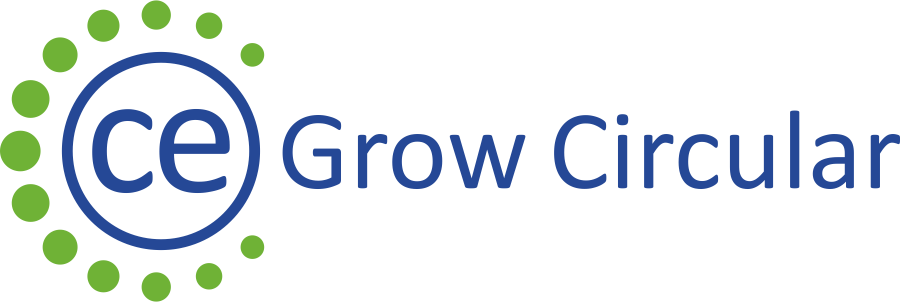CRMs in BATTERIES

Collection rates of waste batteries depend on the battery technology/type, their lifetime, and on the end-use behaviour. Data on batteries from EEE is sparse. For automotive lead-acid batteries, the collection and the recycling rates are much higher than for other battery types. Cobalt extraction is also notable since the cost of cobalt from secondary is much lower than from the primary extraction.
Export of batteries to non-EU countries is low, but the movement of this type of waste is high between EU Member States.
The Urban Mine Knowledge Data Platform provides data on stock and flows of secondary materials including for batteries.
Eurostat provides data on recycling of batteries and accumulators and data on sales and collection of portable batteries and accumulators.
EUROBAT and EUCOBAT provide data on market volumes and national collections rates respectively.
A new regulatory framework for batteries is currently being developed at the EU level. The new proposal for regulation is introducing mandatory requirements on sustainability such as carbon footprint rules, minimum recycled content, performance and durability criteria and end-of -life management, strategies that are also at the core of circular economy.


